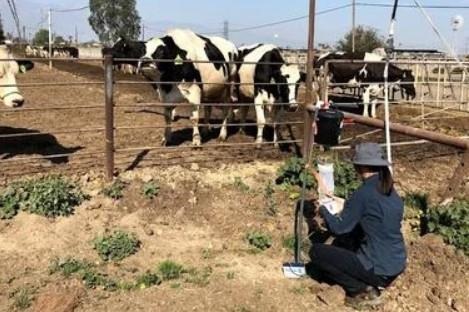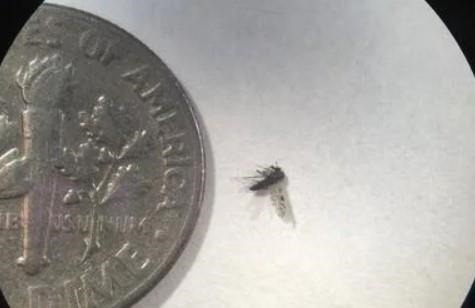By Kenny Burdine
USDA-NASS released their January 1, 2023, cattle inventory estimates last week. To no one’s surprise, the report confirmed another year of contraction in the beef cattle industry. According to the report, cattle inventories totaled 89.27 million head, a 3% decline year over year. The table at the end of this article provides estimates for each cattle class in the report.

There was no question that the beef cow herd had gotten smaller; it was just a question of how much smaller (see graph above). A combination of dry weather, higher input costs, and high cull cow prices resulted in an 11% increase in beef cow slaughter during 2022. This was combined with a decrease in heifer retention as more heifers entered the beef supply chain. USDA estimated the number of beef cows in the US to be down by more than 1 million year-over-year. This was a decrease of 3.6%, and that was after a downward revision of about 0.5% to the January 1, 2022 estimate. For perspective, this puts the size of the US cowherd below 2014 levels and the smallest since 1962.
While beef cow inventories tend to get the most attention, several other numbers are particularly interesting. Heifers held for beef cow replacement were down 6%, a larger decrease than seen in the January or July report from last year. This suggests continued reductions in the size of the beef cow herd for the current year. While the weather will undoubtedly play a factor here, cow numbers and heifer retention estimates suggest that calf crops will keep getting smaller in the near term.
Cattle-on-feed numbers also have important implications for 2023. As more females entered the beef supply chain, on-feed inventory ran above year-ago levels for much of 2022. That trend finally changed last fall, and note the 4% reduction in the table below. This speaks to beef production in 2023, which will be down considerably. In fact, 2023 will be the first year-over-year decrease in beef production since 2015.
The USDA report is summarized in the table below and the full report can be accessed here.

Source : osu.edu